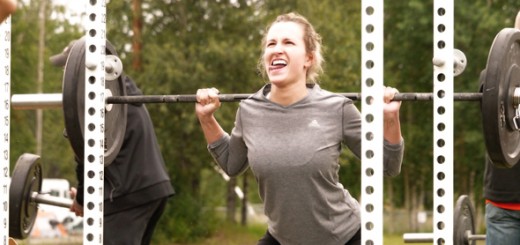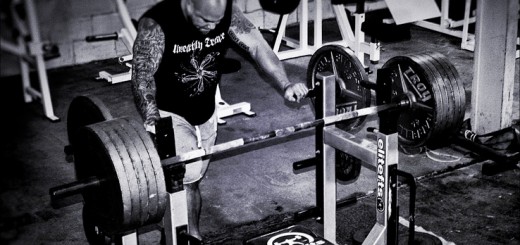Making a Case for Compression Socks in Sport & Recovery
I dunno about you, but I used to laugh at the old guy with the tight white tube socks at the gym – but the joke may really be on me. Compression gear, especially socks have garnered national attention in the athletic community – but does it hold any water? I can tell you that yes, yes it does.
COMPRESSION GEAR WORN DURING RECOVERY IMPROVES PERFORMANCE
Recovery is an area where athletes are constantly looking to improve. There are many methods used for recovery, and now compression garments have become increasingly popular with athletes because of their purported benefits. A recent study to be published in the Journal of Strength and Conditioning Research investigated whether wearing compression garments during recovery improved subsequent repeated sprint and 3 km run performances.
 This study included 22 well-trained male rugby players. Each was given either a compressive garment to cover their legs or a similar style garment that was non-compressive and used as a placebo. The compressive garment was comprised of 76% Meryl Elastane and 24% Lycra.1
This study included 22 well-trained male rugby players. Each was given either a compressive garment to cover their legs or a similar style garment that was non-compressive and used as a placebo. The compressive garment was comprised of 76% Meryl Elastane and 24% Lycra.1
Each athlete wore his assigned garment continuously for 24 hours after performing a series of circuits that were used to imitate a rugby game. The garments were removed after the 24 hour recovery period, at which point each athlete performed a 40 meter repeated sprint test (10 sprints at 30 second intervals). This was then followed by a 3 kilometer run, 10 minutes later. A week later, the assigned groups were reversed, and testing was performed again.2
The results of the study revealed that when players wore the compressive garment their time in the 3 km run was slightly decreased, and their sprint times also improved.Additionally, the fatigue times were also reduced during the repeated sprint test when wearing the compressive garment. Another result that occurred when the compression garment was worn was that delayed onset muscle soreness (DOMS) was significantly lower. The mechanism behind the improved performance from the compression garments still remains unclear, but a theory is that wearing these garments post-exercise acts to increase blood flow, which may enhance arterial muscle blood flow and result in improved recovery.3
While previous studies have investigated the effects of compression garments, this is the first known study to compare the effect of wearing a compression garment versus a similar non-compression garment on subsequent repeated sprint and endurance performance. The results confirm the beneficial effect of wearing compression garment during recovery and suggest that wearing those garments may be an effective method of recovery for rugby players. Although the study was performed on rugby players, there is enough evidence to support the claims that compression garments could benefit recovery for a variety of athletes.
Original Article by: Joshua Wortman at breakingmuscle.com





